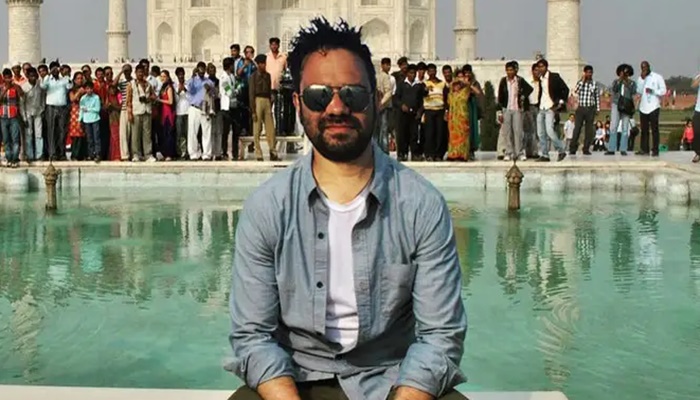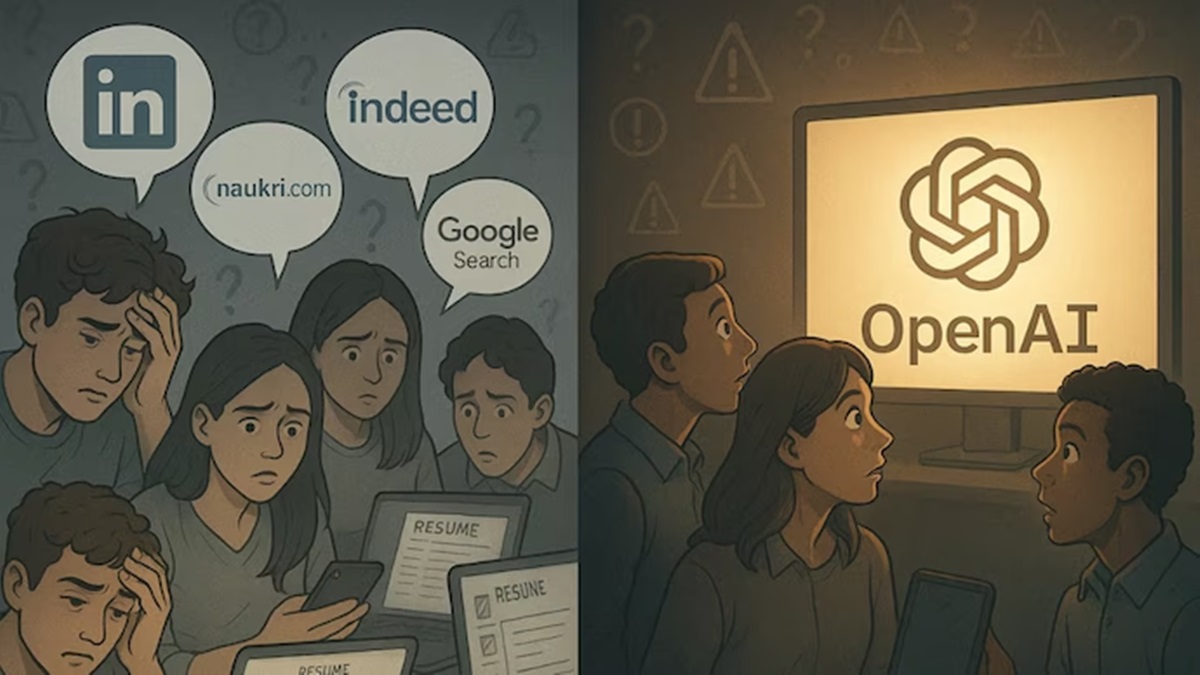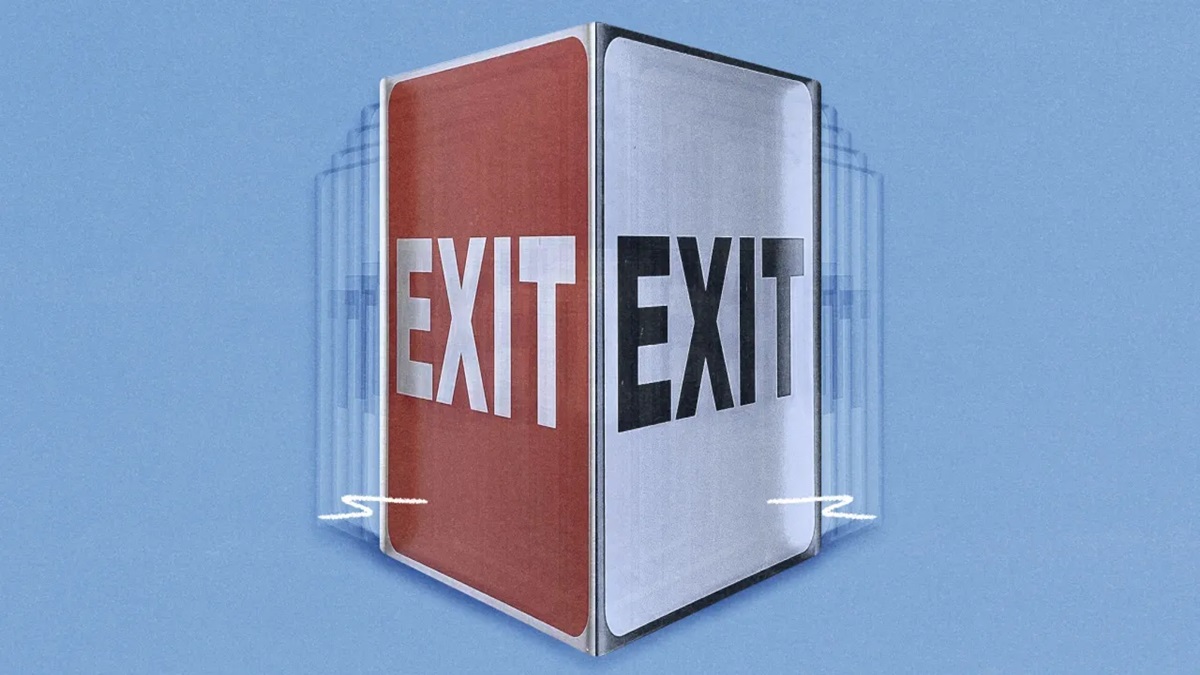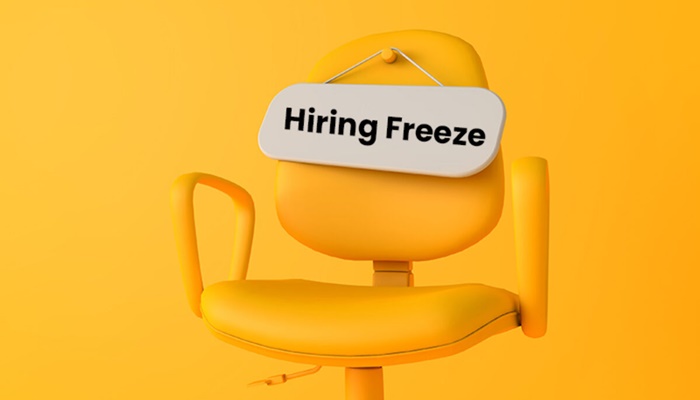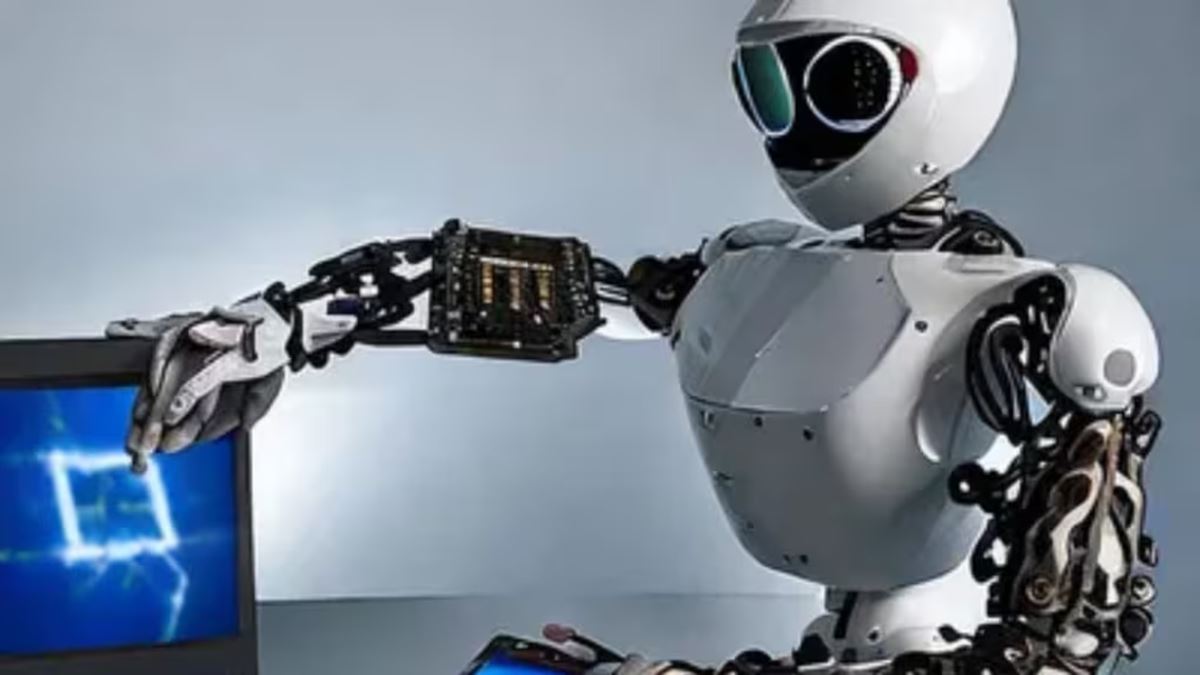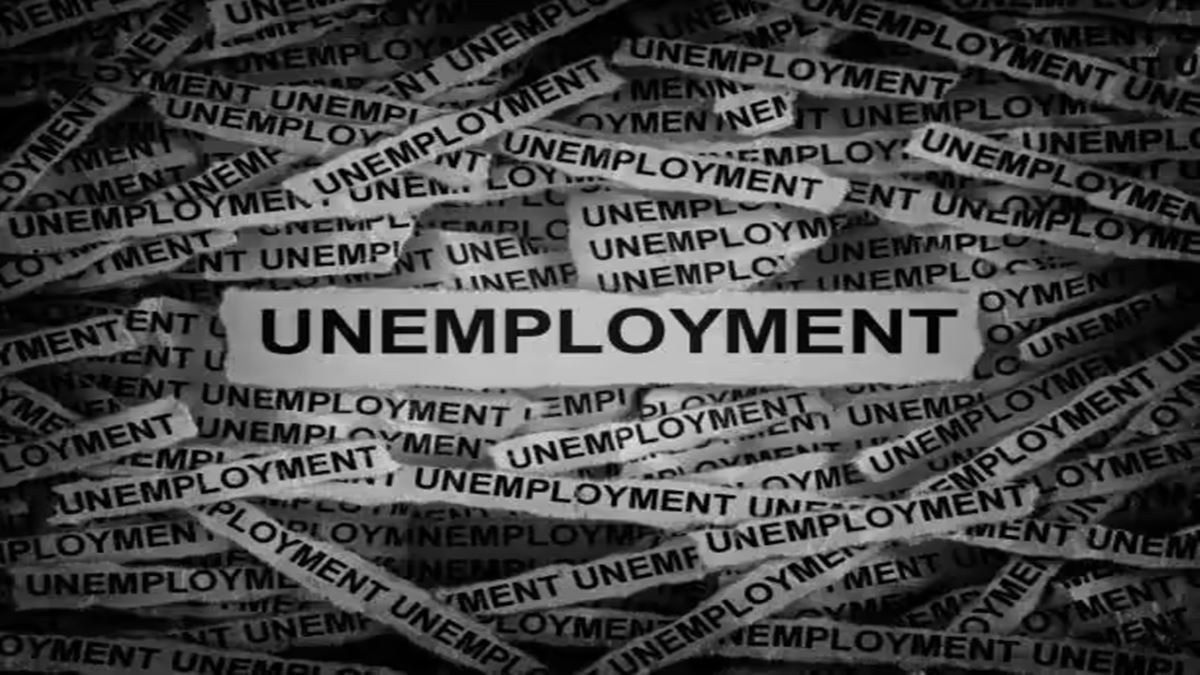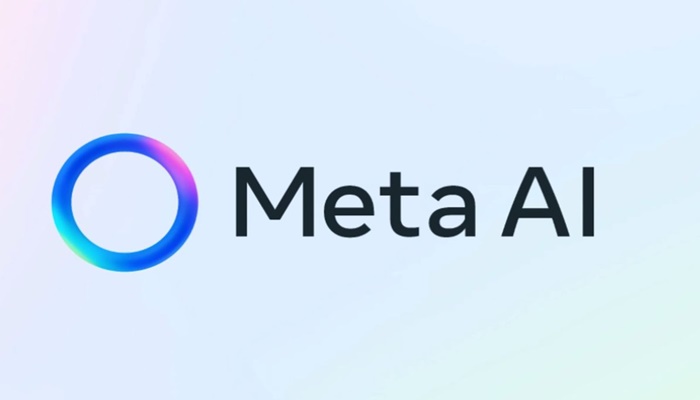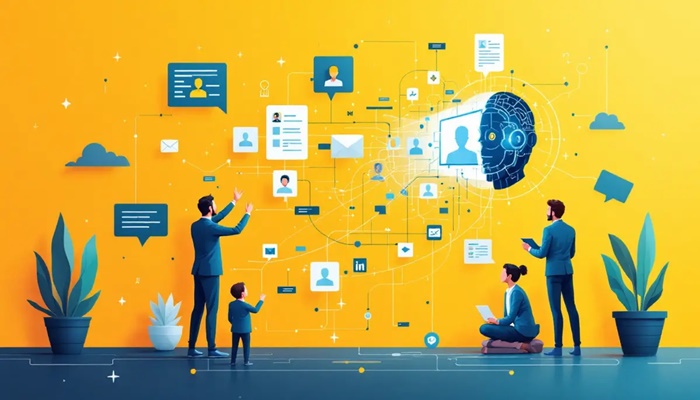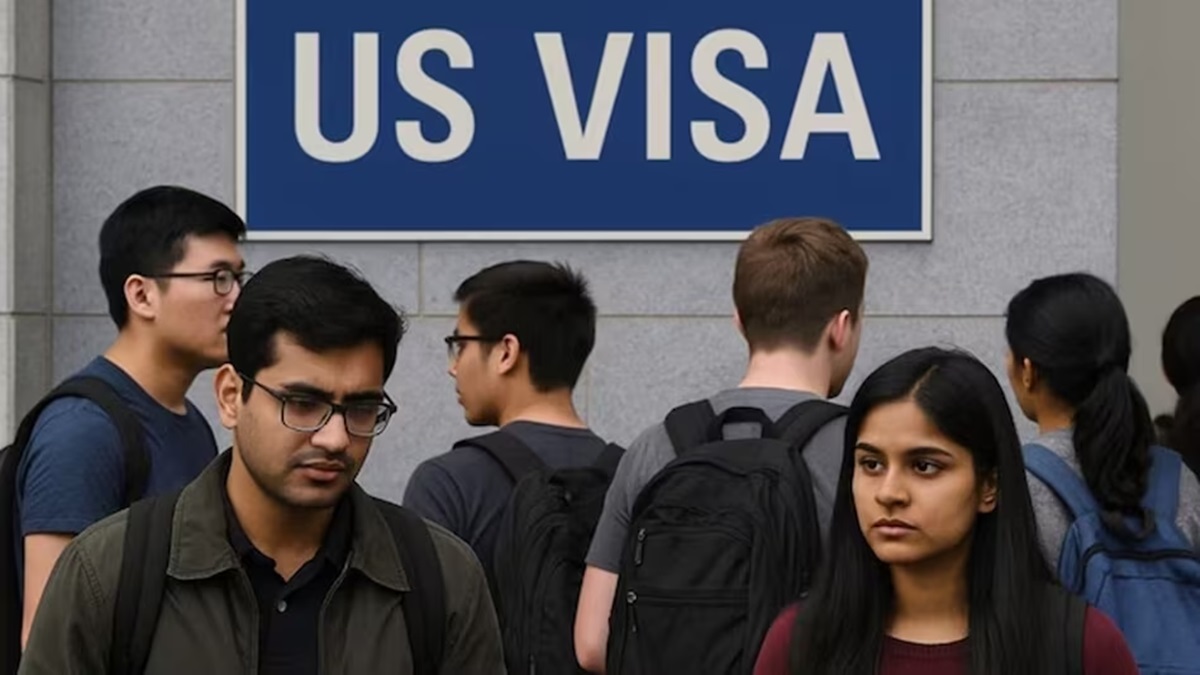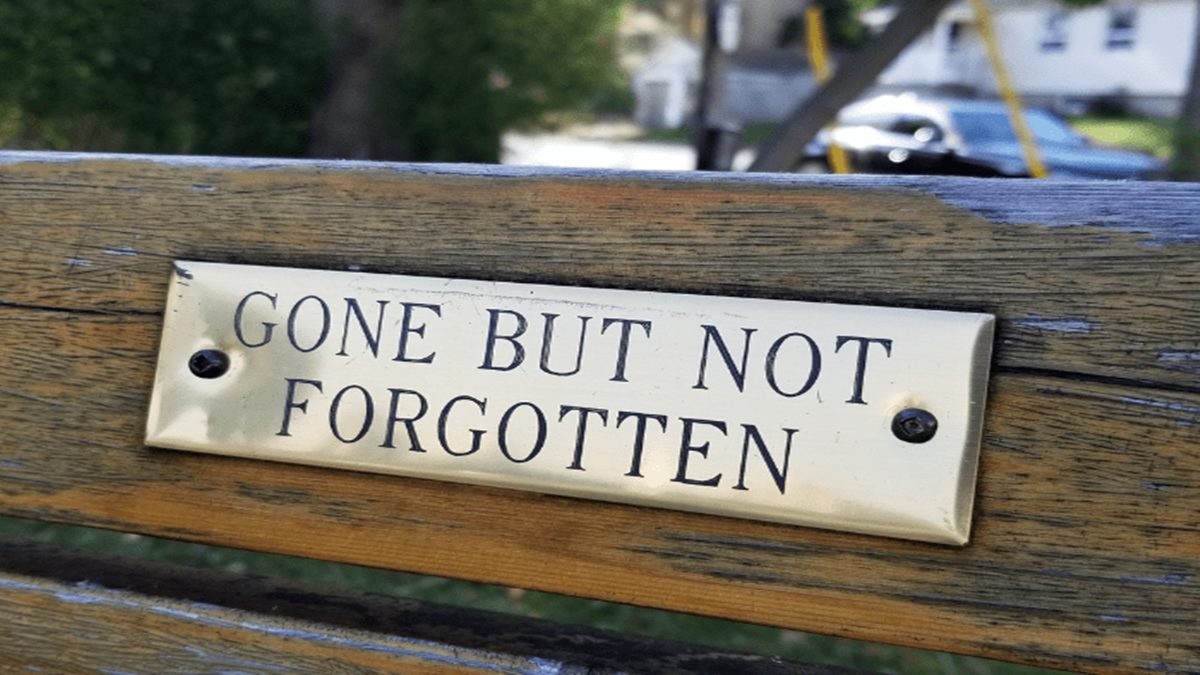The next big thing in human resources is, apparently, AI-driven hiring tools, people analytics dashboards, and algorithmic performance management. Fair enough. But in this mad scramble to modernise, something curious has happened: the practices that once built engaged, loyal workforces have quietly vanished.
Structured internal mobility. Apprenticeship-style learning. Recognition that actually meant something. These weren’t corporate fluff—they were the infrastructure of trust. And as companies now grapple with disengagement, quiet quitting, and talent flight, perhaps it’s worth asking: what did we lose in the upgrade?
- Internal mobility (Or: Growing your own)
There was a time when organisations prided themselves on being universities for their employees. People joined as management trainees and spent years exploring different functions—operations, marketing, HR—before finding their calling. This wasn’t charity. It was strategic. You ended up with well-rounded professionals who understood the entire business, not just their corner of it.
Then efficiency metrics arrived. And suddenly, internal mobility became “administratively messy.” “It’s often easier to hire an external candidate who ticks every box,” observes Varadarajan (Raja), former CHRO of Vistara, “than to navigate the internal transfer process and disrupt an existing team.”
“Internal mobility started losing its sheen because it was seen as administratively messy. It’s often ‘easier’ to hire an external candidate who ticks every box rather than navigate the internal transfer process and disrupt an existing team.”
Varadarajan (Raja), Former CHRO, Vistara Airlines
The result? Organisations started prioritising external hires over homegrown talent—even when insiders had better cultural fit and institutional memory. The logic was speed. The cost? Ambition now leaves the building instead of climbing it.
Raja suggests a fix: create a transparent internal talent marketplace. Let employees browse short-term projects, lateral roles, or full-time openings that align with their interests. Let managers post problems to be solved, not just job descriptions.
But Ramesh Shankar, a senior HR leader, cautions that technology alone won’t work. “Mobility requires dialogue,” he says. “A real conversation between manager and employee about where they want to go—not just an entry on an app.”
In other words: platforms are efficient. Conversations are effective. HR forgot the difference.
- Apprenticeship-style learning (Or: Learning by watching)
Long before e-learning portals became the norm, mentorship and apprenticeship were how people actually learned. Senior leaders took younger employees under their wing—not through formal programmes, but through proximity. They watched, guided, corrected, and shared wisdom that no digital module could replicate.
Then the gig mindset arrived. Talent became commodified. Speed trumped depth. “Apprenticeships are a long-term investment,” Raja notes. “But today, HR prioritises short-term deliverables over slow, steady grooming of future leaders.”
“Mobility requires dialogue. A real conversation between manager and employee about where they want to go—not just an entry on an app.”
Ramesh Shankar, Former CHRO, Siemens
Consider manufacturing, where apprenticeship once defined the ecosystem. Young engineers learned not just technical skills but also judgment, safety, and teamwork by shadowing seniors. When this model faded, organisations began noticing gaps—not just in skill, but in accountability.
The fix isn’t complicated. Institutionalise mentorship circles. Reverse mentoring. Job shadowing. Pair a young data analyst with a seasoned business leader for six months—one learns about technology, the other about human dynamics. These intergenerational exchanges can reshape culture far more effectively than any gamified learning platform.
But it requires patience. And patience, as it turns out, is now a luxury.
- Personal recognition (Or: When appreciation had a heartbeat)
Long before recognition points and leaderboard badges, there were rituals. A manager standing before the team to celebrate an achievement. A handwritten note from a senior leader. A small ceremony marking a milestone. These weren’t grand gestures, but they carried emotional weight. They said: “We see you. You matter.”
As organisations scaled, many of these rituals disappeared, replaced by automated systems that could “appreciate” at scale but not at depth.
“I don’t think these practices are dead,” he says. “In resilient industries—manufacturing, automotive, heavy engineering—internal mobility and mentorship continue to thrive. It’s mostly in new-age tech firms where impatience has replaced philosophy.”
Nihar Ghosh, Former CHRO, Emami
“Effectiveness comes from a pat on the back, not from a digital badge,” Shankar reflects. “Efficiency may increase with automation, but effectiveness—true connection—comes only through people.”
Perhaps it’s time to bring the ritual back. A five-minute recognition story in a town hall. A personal voice note from a leader. A peer-driven appreciation circle. When people feel seen, they don’t just stay—they strive.
But wait—are these practices actually dead?
Not everyone agrees these practices have vanished. Nihar Ghosh, former CHRO of Emami, offers a counterpoint. “I don’t think these practices are dead,” he says. “In resilient industries—manufacturing, automotive, heavy engineering—internal mobility and mentorship continue to thrive. It’s mostly in new-age tech firms where impatience has replaced philosophy.”
Ghosh cautions against what he calls the “elitist view of HR”—assuming that what’s visible in corporate corridors represents the entire world of work. “The world of work is not limited to glass towers,” he remarks. “For millions in factories, agribusinesses, and field operations, human connections and internal career growth are still very real.”
His point is well taken. The disappearance of traditional HR practices is uneven. Tech and service sectors, driven by agility and automation, may have lost touch with human-centred rituals. Legacy industries? They still rely on them to sustain culture and continuity.
But Ghosh underscores one universal truth: technology can assist but not replace empathy. “Can a platform replace a career dialogue between a boss and her direct report? I don’t think so,” he says. “In times of stress, conflict, or self-doubt, employees don’t need algorithms—they need human counsel.”
The path forward isn’t backwards
The point of revisiting these old practices isn’t nostalgia. It’s recognition. In the pursuit of speed and scale, organisations have lost something vital—and it’s time to reclaim it intelligently.
Imagine a future workplace where an AI system suggests opportunities, but a manager discusses them. Where learning happens both through simulations and through shadowing a senior. Where recognition is captured online and celebrated aloud.
It’s not a return to the past. It’s a restoration of balance between head and heart, between metric and meaning.
The question HR leaders must ask is not “What’s new?” but “What worked, and why did we stop doing it?”
In the quest to appear modern, many organisations have unintentionally stripped away their emotional infrastructure. Yet, as burnout rises and loyalty wanes, it is precisely this emotional fabric that needs mending.
Because organisations aren’t machines. They’re human systems. And humans, it turns out, still need humans.
Source – https://www.hrkatha.com/features/friday-features/three-forgotten-hr-practices-worth-reviving/

